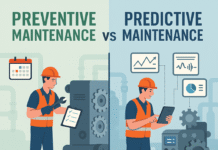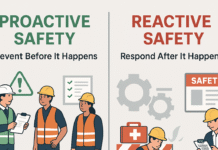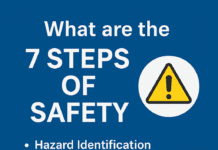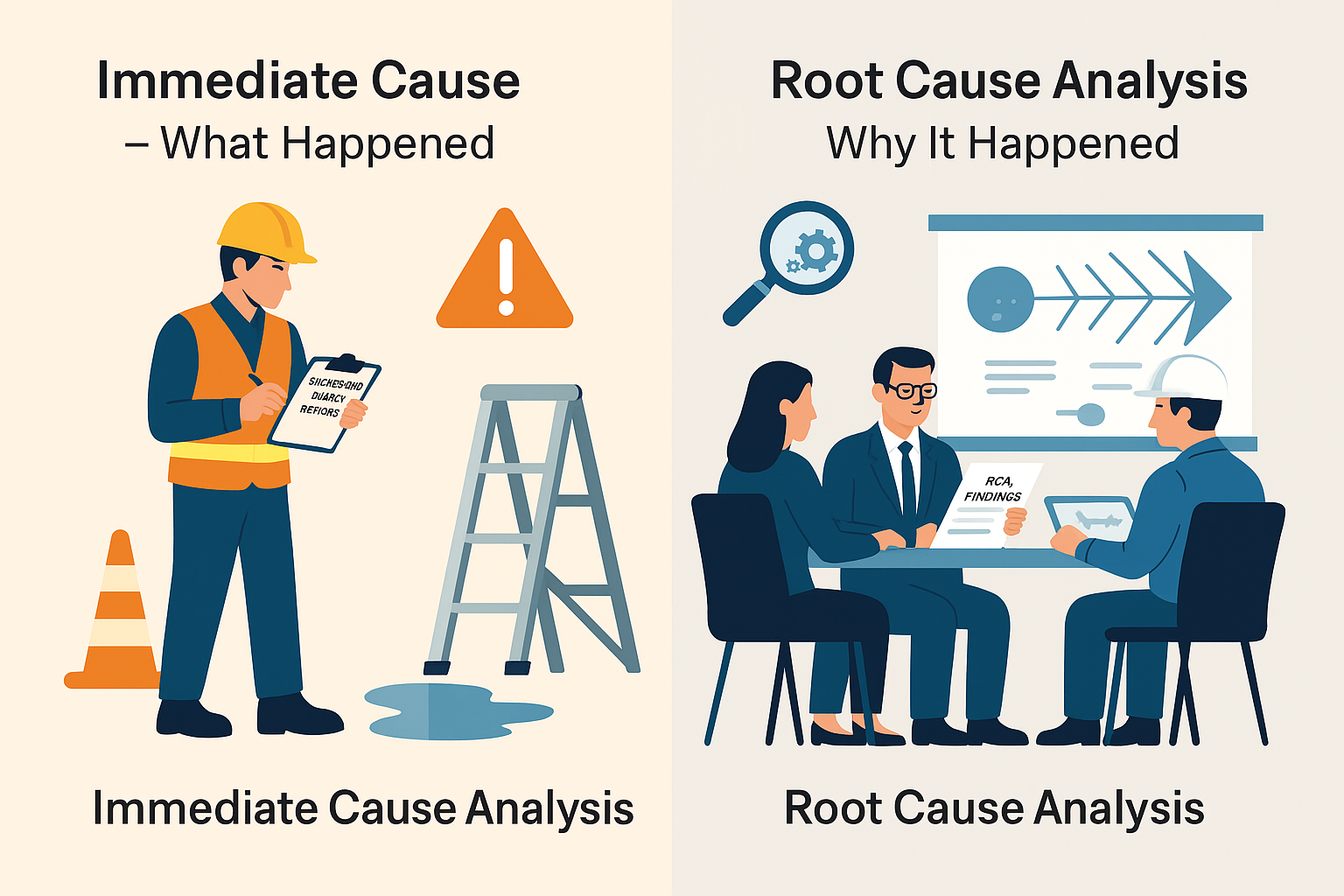
Vibration Hazards and Control Measures
Introduction
Vibration Hazards and Control Measures : Vibration hazards, often overlooked in the workplace, can pose significant risks to the health and well-being of employees. This article delves into the various aspects of vibration hazards, their health implications, the high-risk occupations, and the control measures to ensure a safe work environment.
Understanding Vibration Hazards
Types of Vibration Hazards
Vibration hazards can be broadly categorized into two types:
- Hand-Arm Vibration (HAV): This type of hazard results from the use of hand-held power tools and can lead to Hand-Arm Vibration Syndrome (HAVS).
- Whole-Body Vibration (WBV): WBV is experienced when a worker’s entire body is exposed to vibration, commonly seen in industries like mining and transportation.
Sources of Vibration Hazards
Vibration hazards are often generated by heavy machinery, power tools, and vehicles. The extent of exposure depends on the type of equipment used and the duration of exposure.
Importance of Addressing Vibration Hazards
Addressing vibration hazards is crucial as prolonged exposure can result in various health issues. Employers need to be proactive in mitigating these risks to ensure the well-being of their workforce.
Health Implications of Vibration Hazards
Health Risks Associated with Prolonged Exposure
Prolonged exposure to vibration hazards can lead to:
- Vibration White Finger (VWF): A condition affecting the blood vessels, nerves, and muscles of the hand, causing numbness and tingling.
- HAVS: This syndrome includes VWF and additional symptoms like pain and reduced dexterity.
Common Health Issues Caused by Vibration Hazards
Workers exposed to WBV may experience back pain, muscle strain, and spinal problems. It can also affect the digestive and circulatory systems, causing long-term health issues.
Identifying High-Risk Occupations
Occupations Prone to Vibration Hazards
Certain industries and jobs are more susceptible to vibration hazards. These include:
- Construction workers
- Miners
- Agricultural machinery operators
- Truck drivers
Workplace Scenarios Where Vibration Hazards Are Prevalent
In these industries, vibration hazards often arise from the operation of heavy machinery, vehicles, and power tools. Employers must recognize the potential risks and take steps to control them.
Controlling Vibration Hazards
Effective control measures are essential to minimize the risk of vibration hazards. These measures can be divided into three categories:
Engineering Controls
- Isolating machinery to reduce vibration transmission
- Using anti-vibration mounts and seats
- Regular maintenance of equipment to minimize vibration
Administrative Controls
- Limiting exposure time and providing regular breaks
- Rotating job roles to reduce vibration exposure
- Conducting risk assessments and monitoring worker health
Personal Protective Equipment (PPE)
- Providing workers with appropriate gloves, anti-vibration gloves, and hearing protection
- Ensuring PPE is well-maintained and used correctly
Best Practices for Preventing Vibration Hazards
To ensure a safer work environment, follow these best practices:
Risk Assessment and Monitoring
Regularly assess the level of exposure and monitor worker health. Make adjustments as necessary to reduce risks.
Training and Education
Educate workers about the dangers of vibration hazards, the proper use of equipment, and the importance of following safety protocols.
Reporting and Handling Incidents
Establish a system for reporting incidents and near misses, and ensure timely investigation and corrective action.
Periodic Health Checkups
Arrange for periodic health checkups to monitor the well-being of workers and catch any health issues early.
Conclusion
Addressing vibration hazards is not just a legal requirement but also a moral obligation. Employers must take proactive steps to ensure the safety and health of their employees in high-risk occupations. By implementing control measures and promoting awareness, we can significantly reduce the adverse effects of vibration hazards.
Whole-Body Vibration Syndromes
The Effects of Vibration on the Human Body
FAQs
- What are the legal responsibilities of employers regarding vibration hazards? Employers are legally obligated to assess and control vibration hazards, ensuring the safety and well-being of their workers.
- How can I protect myself from vibration hazards if I work in a high-risk occupation? Use personal protective equipment, take regular breaks, and report any discomfort or symptoms to your employer.
- Are there any long-term health effects of exposure to vibration hazards? Yes, prolonged exposure can lead to conditions like Hand-Arm Vibration Syndrome and Vibration White Finger.
- What are the primary sources of whole-body vibration hazards in the workplace? Whole-body vibration hazards are common in industries that use heavy machinery and vehicles, such as mining and transportation.
- How often should a worker in a high-risk occupation undergo health checkups related to vibration hazards? Periodic health checkups should be conducted at regular intervals, as determined by occupational health and safety guidelines.
























